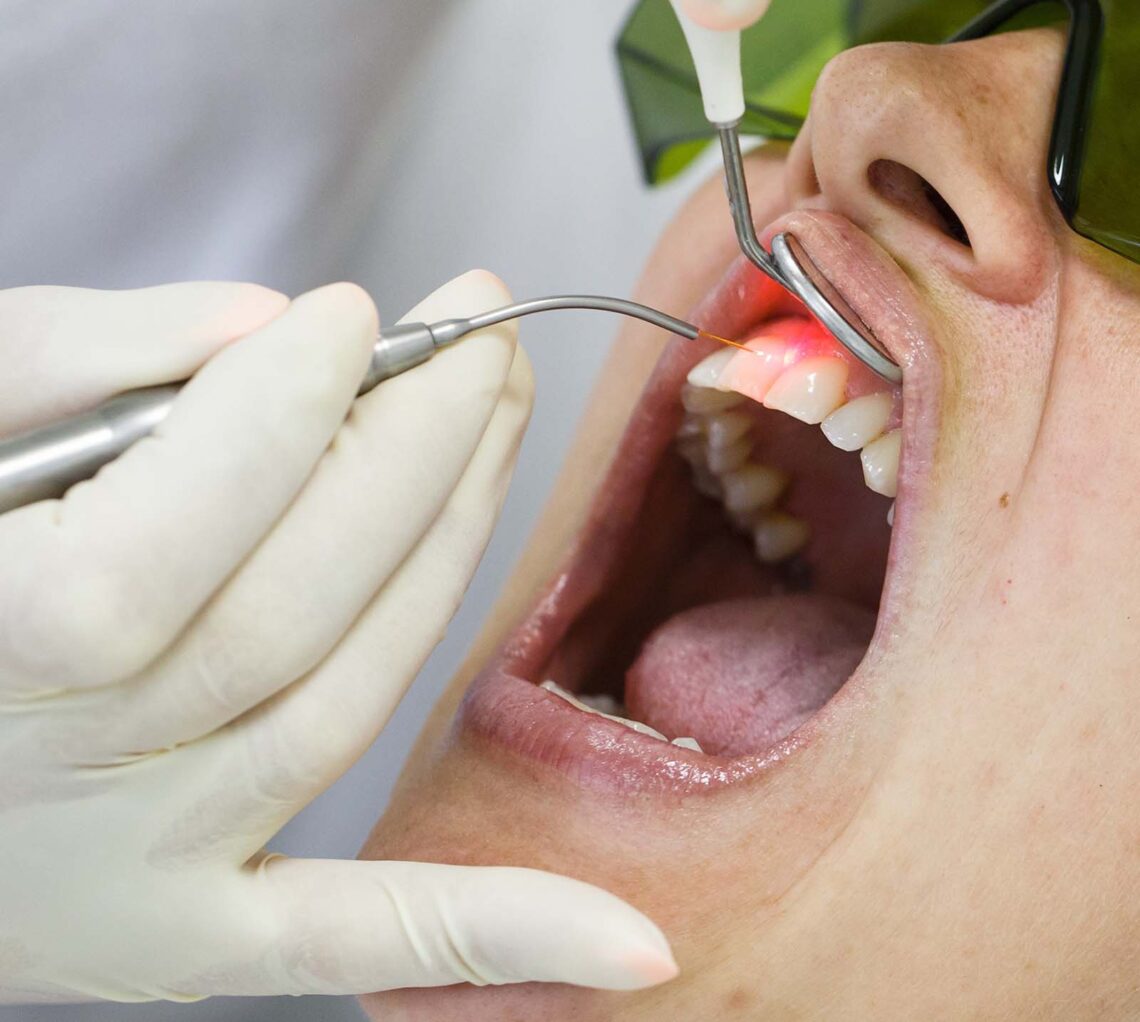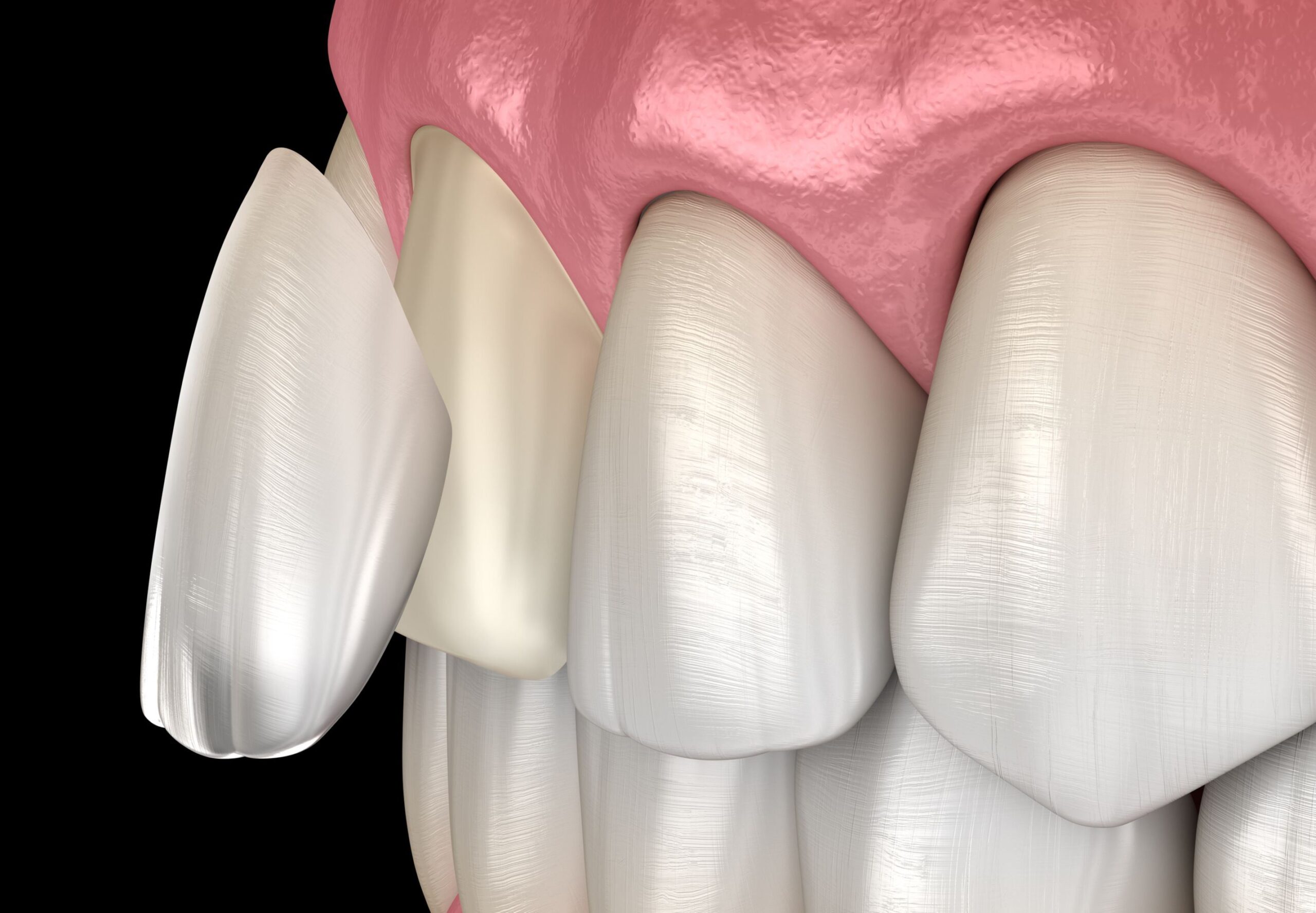
Laser dentistry can be a precise and effective way to perform many dental procedures. If you consider yourself an anxious dental patient and are seeking both safety and comfort, you might consider looking for dentists who have incorporated laser techniques into their treatments for you. Dr. Taller in Riverdale, NY uses the laser for many dental applications. Dr. Taller expects laser procedures to increase over time.
The laser allows Dr. Taller to treat a highly specific area of focus without damaging surrounding tissues. As the applications for dental lasers expand, Dr. Taller can provide patients with precision treatment that may minimize pain and recovery time.
In fact, Dr. Taller is a leader in the use of lasers in the dental field and was published for his research in the Journal of Laser Dentistry. Click here to learn more
Benefits of Laser Treatments
Procedures performed using soft tissue dental lasers usually do not require sutures (“stitches”).
- Many procedures do not require anesthesia.
- Minimizes bleeding because the high-energy light beam aids in the clotting (coagulation) of exposed blood vessels, thus inhibiting blood loss.
- Kills bacteria because the high-energy beam sterilizes the area.
- Has less postoperative pain and damage to surrounding areas is minimized.
- Wounds heal faster.
Types of Dental Lasers
The Food and Drug Administration (FDA) approved of a variety of lasers for use in the dental treatment of adults and children. Because dental lasers boast unique absorption characteristics, they are used to perform specific dental procedures.
- Soft Tissue Lasers: Soft tissue lasers boast a wavelength that is highly absorbable by water and hemoglobin (oxygenating protein in red blood cells), making them more effective for soft tissue management such as in gum disease. Soft tissue lasers can kill bacteria, activate growth of health gum tissue, and seal blood vessels and nerve endings. This delivers great gum healing with virtually no post-operative pain.
- Hard Tissue Lasers: Hard tissue lasers have a wavelength that is highly absorbable by hydroxyapatite (calcium phosphate salt found in bone and teeth) and water, making them more effective for cutting through tooth structure. Hard tissue lasers include the Erbium YAG and the Erbium chromium YSGG. The primary use of hard tissue lasers is to cut into bone and teeth with extreme precision. These lasers perform accurately but tend to work much slower than conventional dental drills.
Soft Tissue (Gum) Procedures
- Crown Lengthening: Dental lasers can reshape gum tissue (soft tissue laser) and bone (hard tissue laser) to expose healthier tooth structure. Referred to as crown lengthening, such reshaping provides a stronger foundation for restoring teeth.
- Gummy Smile: Dental lasers can reshape gum tissue to improve the appearance of a “gummy” smile.
- Muscle Attachment (Frenula): A laser frenectomy is an ideal treatment option for children who are tongue tied (restricted or tight frenulum) and babies unable to breast feed adequately due to limited tongue movement. A laser frenectomy may also help to eliminate speech impediments.
- Soft Tissue Fibromas: Dental lasers may be used for the painless removal of soft tissue growths often caused by ill-fitting dentures.
Laser Bacterial Reduction
Dr. Taller currently uses the laser to immediately kill the germs which cause gum and bone deterioration. This is particularly useful if you have bleeding gums or gum disease. This new state-of-the-art procedure is quick, painless and can be added effortlessly to your regular dental cleaning visit.
- How is it done? After performing the regular cleaning, scaling and polishing, we simply “shine” the laser light for about 10 seconds on the pockets of each tooth. By reducing the germs around the teeth and gums, your gum health can improve which reduces the possibility of expensive periodontal treatment.
- How long does it take? The procedure is finished in just a few minutes.
Other Applications
- Benign Tumors: Dental lasers may be used for the painless removal of benign tumors from the gums, palate, sides of cheeks and lips.
- Cold Sores: Low intensity dental lasers reduce pain associated with cold sores and minimize healing time.
- Nerve Regeneration: Photobiomodulation can be used to regenerate damaged nerves, blood vessels and scars.
- Sleep Apnea: In cases where sleep apnea is a result of a tissue overgrowth in areas of the throat (which sometimes occurs with age), a laser assisted uvuloplasty or laser assisted uvula palatoplasty (LAUP) procedure can be performed to reshape the throat and relieve the correlating breathing problems associated with sleep apnea.
- Teeth Whitening: Low intensity soft tissue dental lasers may be used to speed up teeth whitening.
- Temporomandibular Joint Treatment: Dental lasers may be used to quickly reduce pain and inflammation of the temporomandibular jaw joint.
Lasers represent an innovative and more precise technology for specific hard and soft tissue applications.
The Future of Dental Lasers
Dental procedures may soon be performed quicker, more effectively and more comfortably thanks to the laser. Eventually, dental lasers could make it possible for dentists to replace the need for the traditional dental drill.
An increasing number of dental offices around the world will use dental lasers as the technology continues to improve and its cost decreases. Dr. Taller uses the dental laser for many procedures in his office located at 3601 Waldo Avenue in the Riverdale section of the Bronx. Call 718-543-3704 to make your appointment or schedule online.









